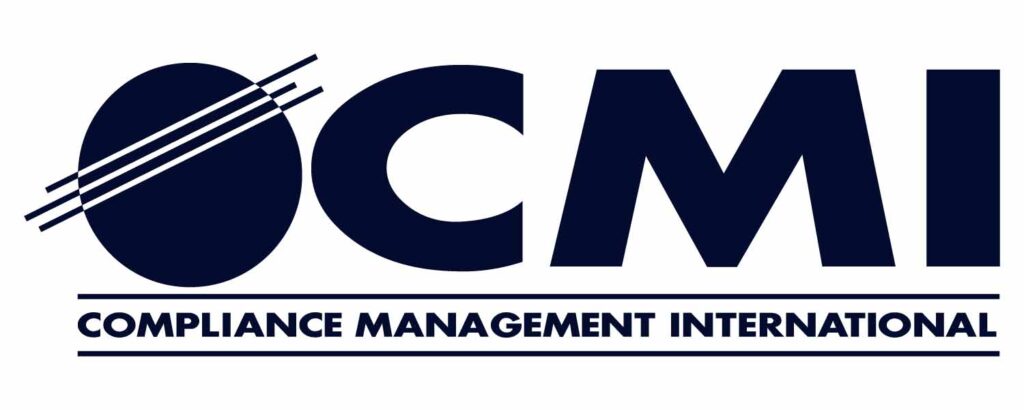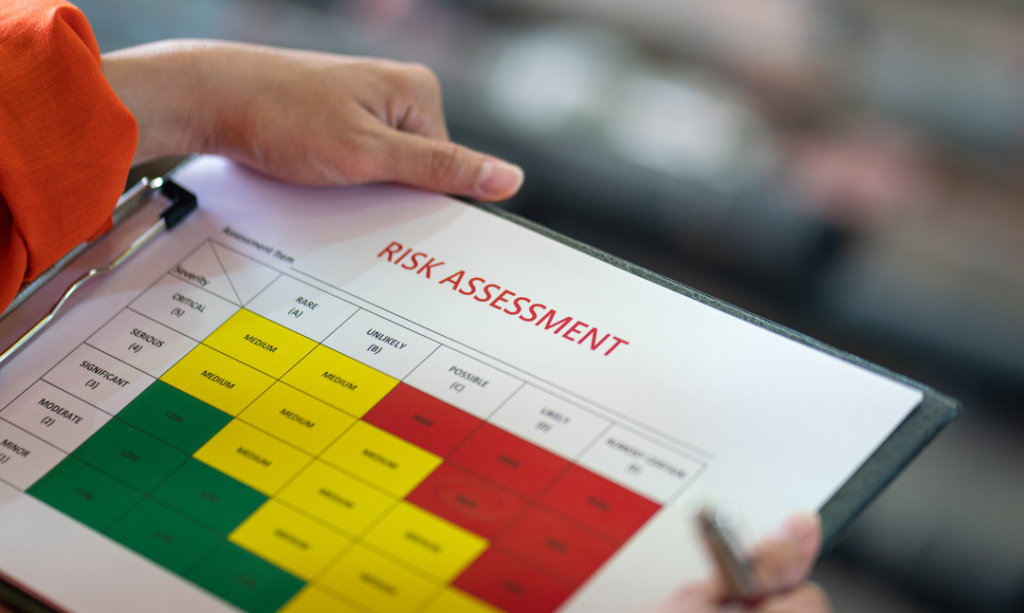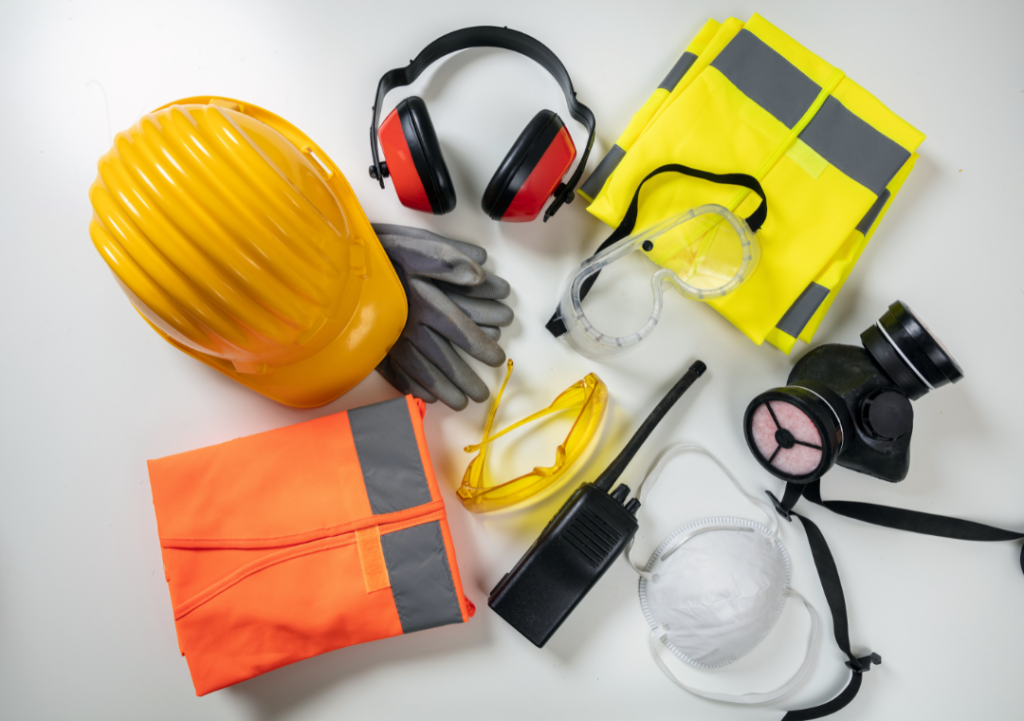Excavation and trenching operations are considered one of the most hazardous construction operations according to the Occupational Safety and Health Administration (OSHA). According to national statistics, an average of 60 workers dies each year due to improper excavation and trenching practices. The greatest hazard an excavation or trench may pose is a cave-in. Cave-ins are when the soil surrounding an excavation or trench collapses inward towards the freshly opened space within the ground. A cave-in can occur when protective systems for the excavation or trench are improperly used or not used at all. The failure to use protective systems in excavation and trenching is the leading cause of cave-ins as reported by the National Institute of Occupational Safety and Health (NIOSH) in 2022. All of these fatalities could have been prevented through the use of proper protective systems. In order to prevent further fatalities and injuries, it is important to consider what hazards will be present within the ground before asking employees to work in excavations or trenches.
While cave-ins are the greatest hazard present during trenching and excavating, they are not the only possible hazards. Underground utilities are another hazard that could be present. Communication, electric, gas, water, and sewer lines can all be encountered while conducting an excavation. Each of these utilities pose additional, avoidable, and dangerous hazards if they are damaged by mechanized equipment, so it’s important to know where they are before excavation work begins. Prior to digging, it is imperative to call 811 to obtain support in identifying and marking underground utilities. The 811 number is a public service that connects to the national underground utility locating service. As a public service, the contractors associated with 811 may not enter private facilities to locate underground utilities. In this case, a third-party locating service would need to be contacted. Once utilities are identified and marked, it is now the excavating crew’s responsibility to hand-dig and locate the utility within a range that is determined by state laws. For example, in New Jersey, the law requires excavators to hand-dig within a 24-inch radius from the utility mark when mechanized equipment is intended to be used within that radius. By revealing the underground utilities in this way, the chance for damage to occur to the utility is reduced significantly. Although these are safe precautionary methods to follow, it is unfortunately common to encounter underground utilities that were missed in the initial assessment. If a new underground utility is discovered, whether it is active or not, then the underground locating service must return to the jobsite and trace the newly discovered utility line within the area of excavation. If there are no suspected utilities in an area after it has been surveyed by the underground utility locators, then it is still recommended to dig cautiously; shoveling away a few inches at a time.
Cave-ins as a hazard involve more than individual workers being injured within an excavation. When considering cave-ins as a hazard, it is important to consider the area surrounding the excavation as well. When excavating an area, a major mistake would be depositing the freshly dug soil just outside of the excavation area. This soil deposit is called a spoil pile, and according to OSHA 1926.651(j)(2), “Employees shall be protected from excavated or other materials or equipment that could pose a hazard by falling or rolling into excavations. Protection shall be provided by placing and keeping such materials or equipment at least 2 feet from the edge of excavations, or the use of retaining devices that are sufficient to prevent materials or equipment from falling or rolling into excavations, or a combination of both, if necessary.” Material and equipment within 2 feet of an open excavation could cause and/or be a part of a cave-in, greatly increasing the damages that could occur to life and property. Best practices suggest keeping objects and individuals away from the edge of an open excavation to completely eliminate the potential hazard of having these objects or people fall into the excavation. The use of guardrails and other fall protection systems would help mitigate any possible fall hazards that may be present near the edge of an excavation as well.
Cave-ins are preventable if the land that will be excavated is properly surveyed and there is appropriate planning for the use of protective systems. Soil types should be heavily considered when planning for the appropriate use of protective systems. Generally, the more granular the soil is, the more protection will be required for the excavation. There are four types of soil classifications according to OSHA: solid rock, type A, type B, and type C. Solid rock is considered to be the most stable type of soil and type C is considered the least stable type of soil. Solid rock is self-explanatory and is considered to be more of an obstacle than a viable soil type that can be excavated. Type A soils are clay, silty clay, or sandy clay. Soils cannot be considered type A if they have any cracks, are subject to vibrations, were previously excavated, part of a layered system, or water is present within it. Type B soils include silts, sandy loams, medium clays, and unstable rock. Soils that are typically considered type B soils are type A soils with the previously mentioned conditions. Type C soils are granular soils that can be easily identified by the ease in which it sloughs off of the sides of the walls of an excavation. If the soil is submerged in water or water is seeping from it, then it is also likely a type C soil.
Once the soil type is appropriately identified, then the proper protective systems may be put into place. These protective systems include the use of shielding, sloping, benching, and shoring. Shielding is a design practice that only protects workers in the event of a cave-in. Sloping is a design that inclines the walls of an excavation away from the excavation’s depth to prevent cave-ins. Benching is a design that cuts the sides of an excavation into a series of steps. Shoring is a design practice that prevents the movement of soil through a support system for the excavation. A competent person should be responsible for designing and installing these protective systems for the proposed excavation. Although all protective systems are usable in excavations, the best protective systems are those that eliminate the hazard of a cave-in entirely.
The hazards associated with excavation and trenching can be effectively mitigated with effective pre-planning and use of appropriate protective systems. The chance for an incident to occur is greatly diminished by understanding the area in which an excavation operation will occur and following safe work practices.
Reach out to us if you have any trenching and excavation safety or OSHA compliance questions.
Written by: Xavier-Michael Stanford, STS-C



